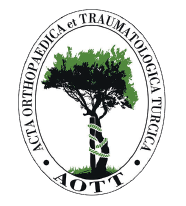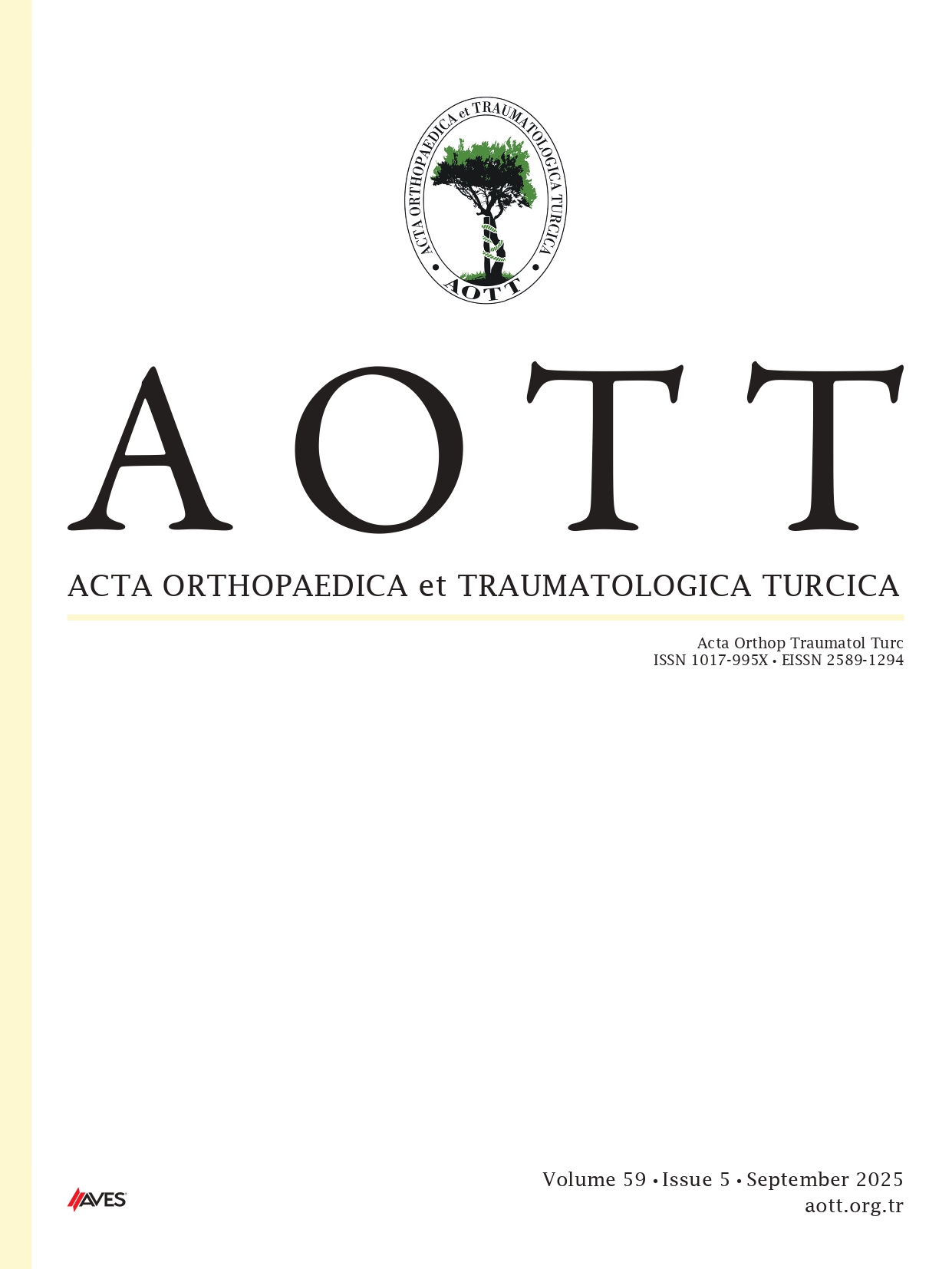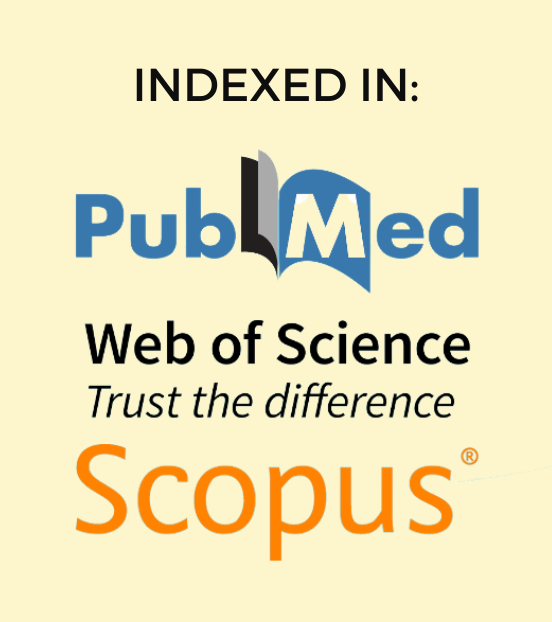Objective: This study aimed to compare the effects of local hyaluronic acid (HA) and autologous conditioned serum (ACS) on the repair of acute rotator cuff (RC) tears and their impact on functional outcomes, specifically on running performance.
Methods: In this study, 25 male Wistar Albino rats, aged 16 weeks and weighing 350-400 g, were used. The rats were divided into 4 groups (n=6 per group). Group A was the sham group, and the 3 treatment groups were as follows: group B (primary repair), group C (primary repair+ACS), and group D (primary repair+HA). A standardized procedure was used to create an acute tear-and-repair model of the RC in each treatment group. The rats in group B received no injections. Group C received ACS 24, 48, and 72 h after surgery. Patients in group D received a single dose of HA at the operative site. After a 4-week follow-up period, the rats were subjected to an exercise protocol using a computer-monitored motorized treadmill. For each treadmill run, shocks were recorded as one penalty point using a computer (one point per shock). Subsequently, the rats were sacrificed and bone–tendon healing in each group was assessed histopathologically.
Results: Group A had the lowest penalty points in the final run and the highest penalty points. The best performance among the surgical groups was observed in group D. Groups C and D received fewer penalty points than group B. Group D received fewer penalty points than group C; however, there was no significant difference between them in pairwise comparisons (P=.132). When the statistical analysis of histological parameters was conducted, excluding the sham group, the least inflammation was observed in group D. Pairwise analysis between groups D and B revealed significantly fewer inflammatory cells in group D (P=.026). After pairwise analysis between groups, no significant differences were found in terms of fibroblastic proliferation, neovascularization, or fibrosis.
Conclusion: This study has shown that HA application in an acute RC tear repair model significantly reduced inflammation, accelerated tendon healing, and markedly improved running performance by reducing pain. Additionally, immunohistochemical evaluations revealed that following HA application, collagen fibers were reorganized, forming a regular and tight connective tissue structure.
Cite this article as: Önel Y, Şahin E, Akpolat Ferah M, Sezgin A, Mammadov İ, Bilgin G. Efficacy of hyaluronic acid and conditioned serum in acute rotator cuff tear repair: A rat model study. Acta Orthop Traumatol Turc., 2025;59(2):86-92.



.png)
.png)
